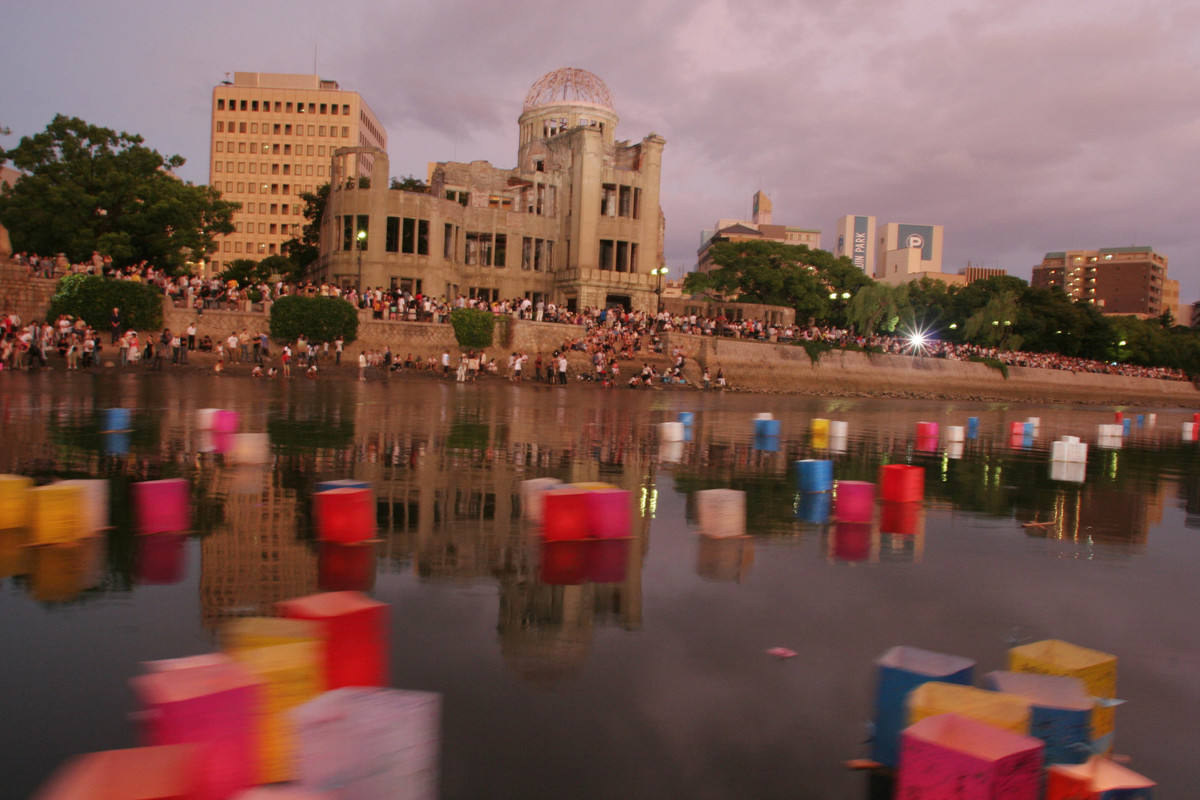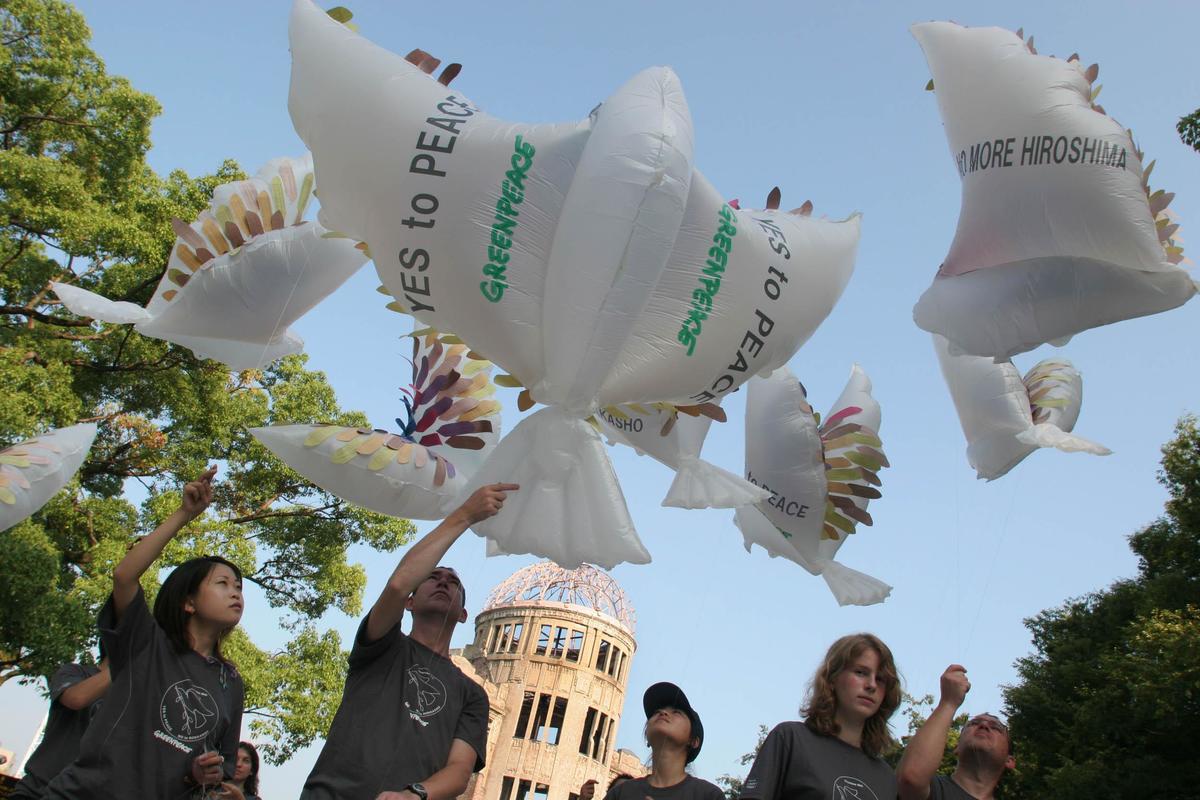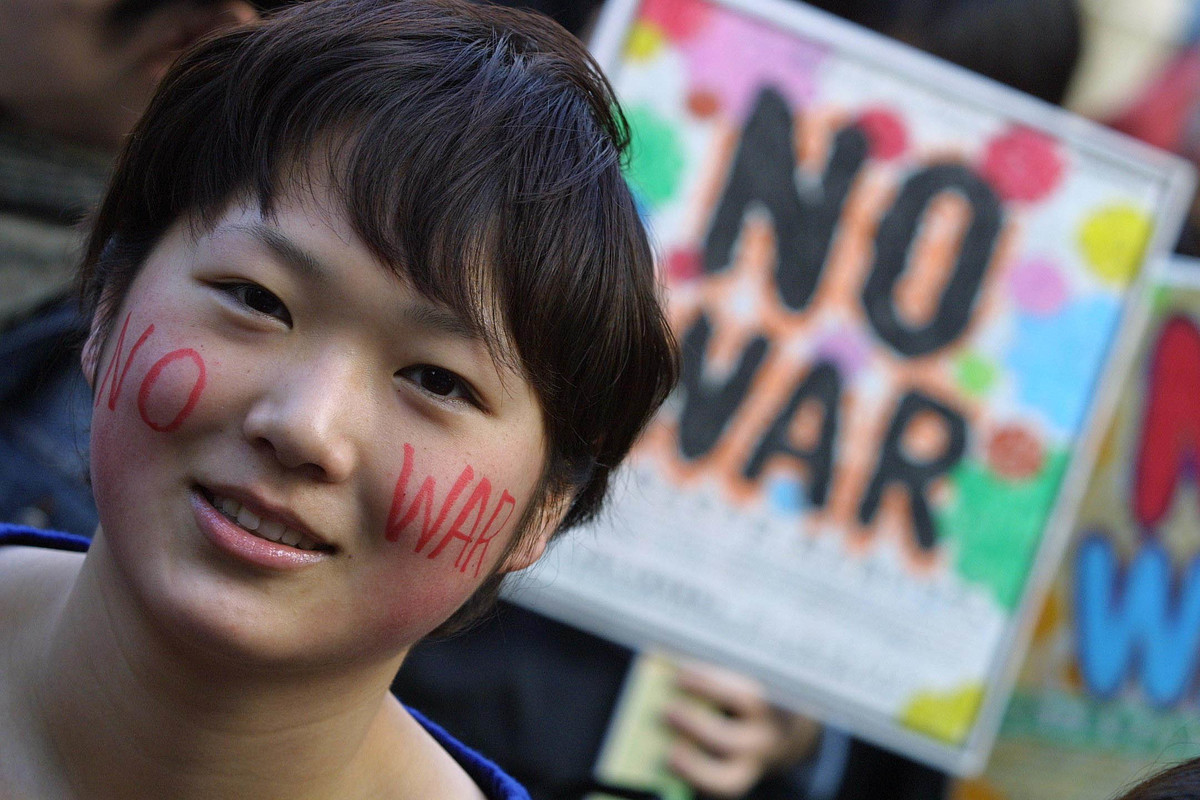On 6 August 1945, the United States military dropped an atomic bomb on Hiroshima. It was 8:15 in the morning, and the city was just about to start its day. Three days later, a second atomic bomb was deployed over Nagasaki.
Upon detonation, the atomic bomb incinerated both cities. The devastating effects of the explosion – blast wind, heat rays, and radiation – unfurled around the regions and can still be profoundly felt today. By December of 1945, an estimated 140,000 Hiroshima residents and 74,000 Nagasaki residents died, while countless others continued to suffer the agonising aftermath of radiation.

Less than a decade later in 1953, US President Dwight D. Eisenhower delivered his Atoms for Peace speech. In an attempt to make nuclear power more acceptable to the public, the speech called for the peaceful, controlled usage of nuclear power. Around this time, many industrialised countries including Japan, started developing sizeable plans to build nuclear power plants.
In April of the following year, the Japanese Diet, the national legislative branch, passed its first extensive nuclear development budget to launch its nuclear power plant empire. Following the construction of the country’s first commercial Tokai Nuclear Power Plant in 1966, additional nuclear plants sprang up like mushrooms all around the country throughout the ’60s and ’70s.
Despite the Three Mile Island incident in 1979 and the Chornobyl disaster in 1986, the Japanese government persisted in its efforts to increase the number of nuclear power plants while suppressing the public’s growing cries for denuclearisation.
As of 11 March 2011, there were a total of 54 nuclear power plants in Japan, covering 30% of the country’s electricity needs. And on this very same day, one of the world’s most devastating nuclear catastrophes took place: Tokyo Electric Power Company’s (TEPCO) Fukushima Daiichi accident. The incident forced over 160,000 people to evacuate and flee their homes, and more than eight years later, at least 40,000 people, and likely many more, are still displaced.

Can nuclear be peaceful? Was nuclear power ever really peaceful?
74 and 8: those are the number of years that have passed since the Hiroshima atomic bombing and the Fukushima nuclear accident, respectively. Whether it’s an atomic bomb or a nuclear power plant, their existences do not equate peace. Today, we must face the truth and declare once and for all that a peaceful use of nuclear energy is nothing more than a mere fantasy.

Japan – the only country that has come under a nuclear attack during war and suffered one of the worst nuclear accidents in history – should abandon nuclear power. Instead, the country should lead with an alternative that is truly peaceful: renewable energy.
Capitalising on the already abundantly available sources of natural energy is not only peaceful and environmentally friendly but will also pave ways for regional economic development. Undoubtedly, a 100% renewable energy society is already within our grasp.
Kazue Suzuki is an energy campaigner at Greenpeace Japan.
